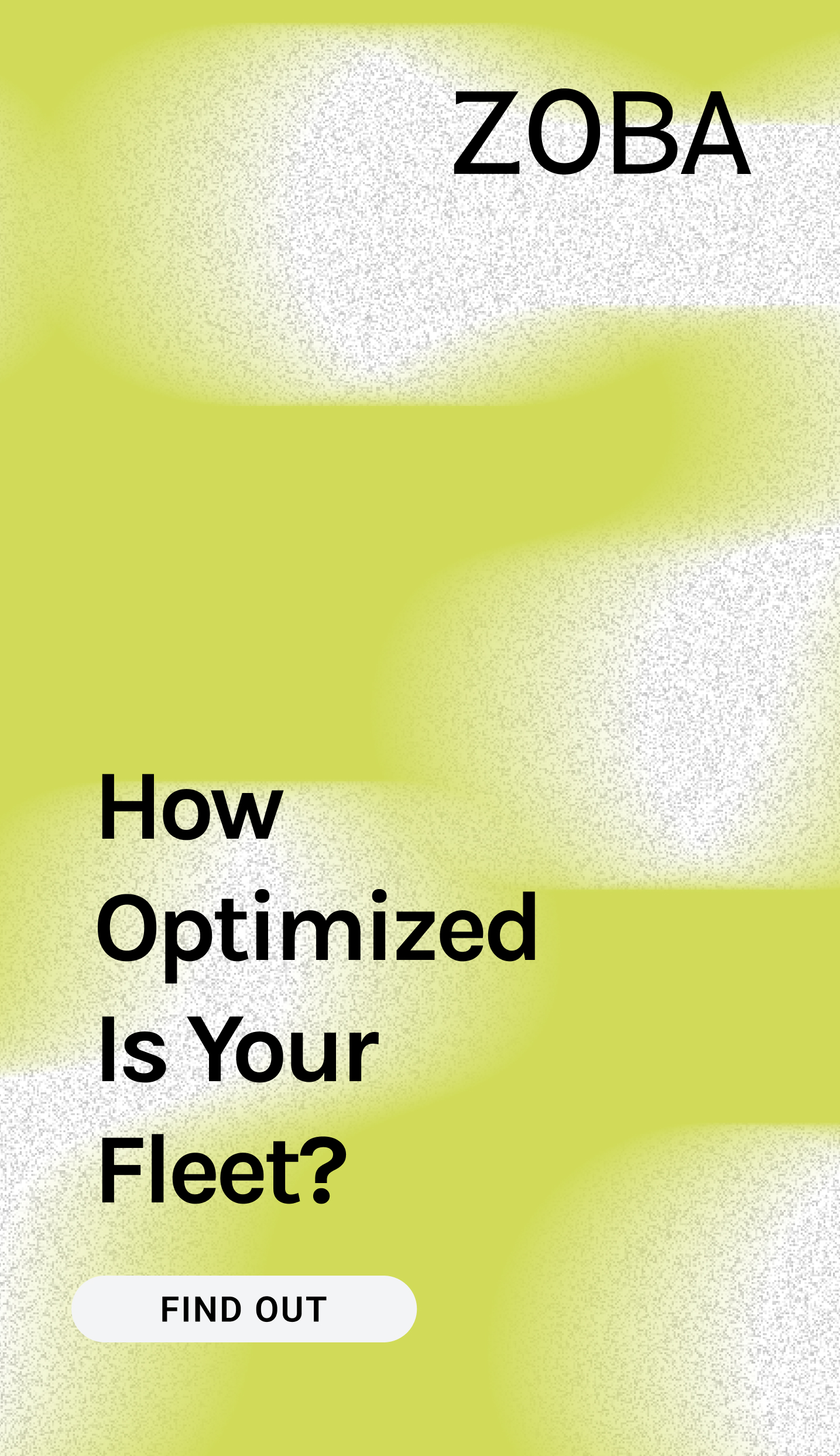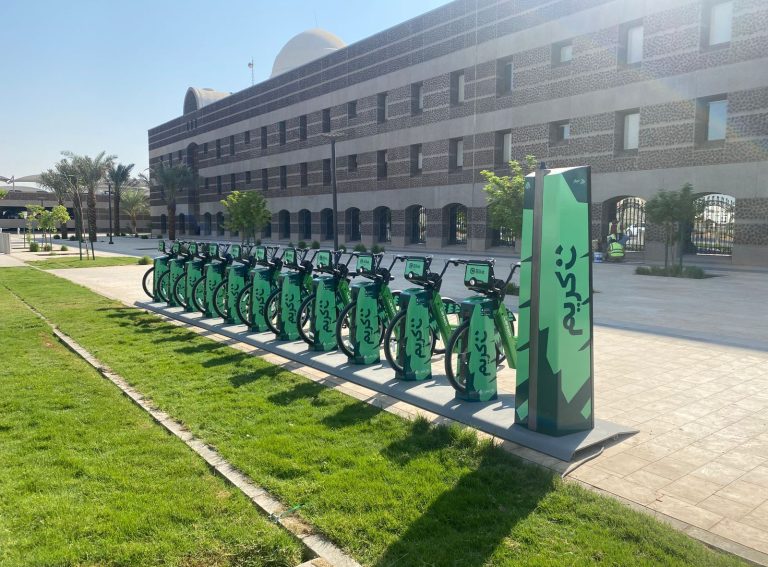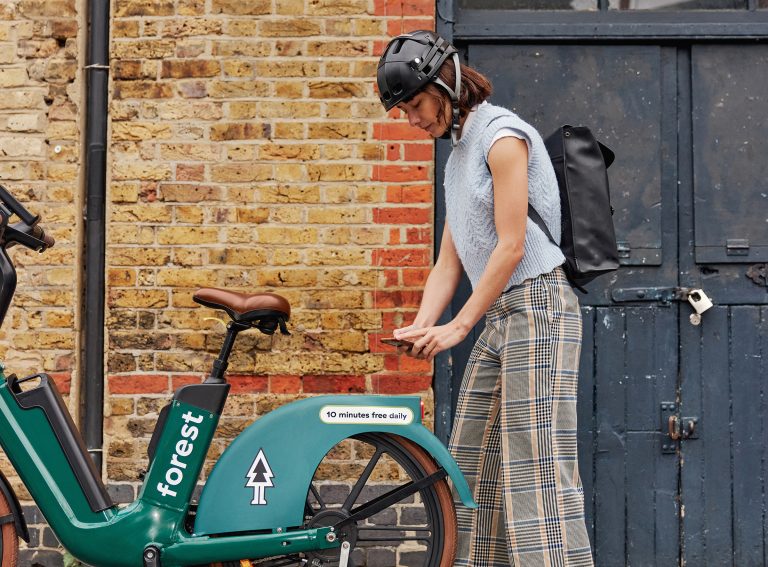By Zag industry expert Lars Christian Grødem-Olsen, an Advisor for Movability on new mobility and former Country Manager at Tier
If there’s one thing binding Kasper Mikkelsen, Kirubel Hailu and Kristian Amlie together it’s their mission to switch up the narrative about cars. They say, instead of hating the mode, why not just use cars more sensibly and see them for what they are – a valuable resource.
Amlie is a carpool enthusiast, consultant and investor since 2010, while Mikkelsen and Hailu work for Nabogo, a specialist Danish carpooling app that’s been ticking since 2018.
Zag: Let’s start with the big picture. Why is carpooling such a good value proposition for cities and public transport authorities?
Kasper (Nabogo): “If we are to seriously reduce emissions and move more people, we need to utilise the capacity on the roads. Cars are the most significant tool we’re not using. Unlike buses and trains, cars can travel from small places to big ones, so you have good coverage if there are cars on the roads that are open to other passengers.”
Zag: How do PTAs and municipalities see this potential?
Kasper (Nabogo): “We’re talking about a form of expanded collective mobility. Buses and trains are one level. By integrating private cars, you get coverage with potential to attract new target groups. Target groups that used to drive alone in their cars now have an option because they have higher frequency. They actually have departures in their local area.
“The other significant potential is that people living in rural areas can be shifted to public transportation. There are many geographies, and good opportunities to combine being a passenger in a carpool with hopping on a bus or train that goes directly into the city center. This has a significant competitive advantage when going through toll gates. These combination trips can be very attractive to increase the number of passengers in public transportation and, of course, to convert from solo driving to carpooling.”
Zag: Is it essentially about turning the car into a small bus?
Kasper (Nabogo): “Why not? Let’s convert the many private cars on the road into small buses in the landscape. Let’s consider cars as what they are – valuable resources that private individuals have invested a lot of money in, and let’s use them more efficiently for the benefit of the individual, public transportation, and the climate.”
Zag: Well, that’s refreshing. It’s not about hating cars, but using them more sensibly.
Kasper (Nabogo): “Exactly. Obviously, I’m from Denmark. Nabogo is “Dank-lish”—or Danish and English slang—for “going with a neighbour.” It’s inspired by the mobility system on an island called Als in southern Denmark 20-30 years ago. Back then, we had the same population size we have now, but half as many cars because everyone drove together, and the share of public transportation was higher. It would be a fantastic tool if we could digitise the behaviour that we had 20-30 years ago when we couldn’t afford a second or third car.”
Zag: That sounds ideal, but like you said, we need to talk about behaviour. Can you tell us about the pilots you’re working on with other transportation companies?
Kasper (Nabogo): “In Norway, we’ve had a huge advantage because a certain carpooling enthusiast (Kristian Amlie) has matured the market for over a decade, though it hasn’t started to scale until now. You could say that Kristian and I are kind of soulmates. I’ve also worked with carpooling before Nabogo, so we share the same stories with even higher dedication and persistence.”
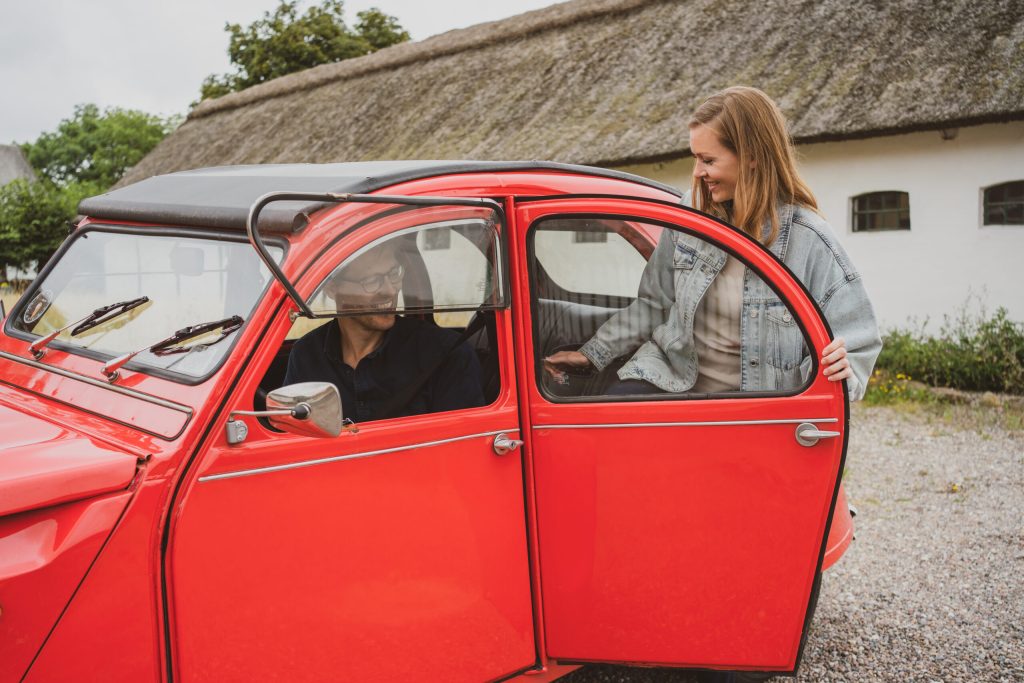
Kristian (Bouvet): “Nabogo’s experience has also proven vital. In places where Nabogo has launched, carpooling grew larger and public transportation companies prioritised and put efforts into the campaigns. What has been good to see in Norway is that Nabogo has capacity on the ground here, which has made a big difference in adoption.
“Carpooling is also a kind of innovative experience as we go. It doesn’t succeed with remote communication. It has to be on the streets and through individuals. PTA Brakar has done exactly that and PTA AtB even more. We went to the hospital and entrance area showing people how to download the app and getting them to take the first trip. It’s like when you create a brand-new food product. You have to provide samples. That sample allows ten people to taste it, they tell ten others about it, and so on. If it was just a really strange food in the local newspaper, no one would go out and taste it. Carpooling doesn’t convert with old shampoo methods. It converts through first hand experience.”
Zag: It sounds like it ultimately comes down to changing the way people think about how they get from A to B. With carpooling, it’s connecting people who already know each other a little to develop some form of relationship and trust. What about ride-pooling from Uber, where you force two strangers into the same car? Then you have three people you don’t know trying to get along. Why do you think ride-pooling doesn’t work, but carpooling does?
Kasper (Nabogo): “It’s all about trust. In the areas we operate, there are often many acquaintances. People know each other through their work, sports club, where they live. We might have 20 cars driving parallel to each other, with the same locations, areas and destinations. Carpooling connects these existing networks.
“The results have been astounding. Including October, we’ve just broken 135,000 rides this year. User questionnaires show us that 62% have combined public transport and carpooling on the same day or on the same trip. 16% have combined biking and carpooling. 85% said their preconceived worries on carpooling were only theoretical, not real. Most importantly, 47% would buy their own car if it weren’t for the possibility of carpooling.”
Fig: Nabogo trip development in 2023
Zag: That sounds really promising. What if you lived 100 metres from someone, but didn’t know them. Is there a greater barrier to conversion?
Kristian (Bouvet): “People often say that they don’t want to ride with strangers, but the data actually shows that most end up carpooling with people they know directly or indirectly. These are small ecosystems. In France, the average number of people they carpool with is under seven.
“Even when you carpool with people that start out as strangers, most people have a dialogue beforehand to establish familiarity. They ask questions and find out that they live 100 metres from someone. Then there’s a way to have control over who they are, even if you don’t know them directly. The system also ensures accountability with details like phone numbers, names, and ratings. One important barrier for carpooling is that people think it’s about strangers, but it’s about your local networks on both sides of their journey.”
Kirubel (Nabogo): “We have a special example of that. In Denmark, we collaborate with Lego, which has its office there. It’s not about being known to everyone in the company but them knowing where they belong.”
Kasper (Nabogo): “Legoland is in a field in the middle of Jylland where there isn’t good public transportation. On some lines, there might be public transport every half hour, which is high for that area. So, you have employees coming from large cities like Aarhus and Vejle by car. Now because there’s also carpooling, employees can combine bus and carpooling, choosing the best option based on our app.”
Zag: Have you seen carpooling used more as a first-mile solution, or the last part of the journey?
Kasper (Nabogo): “We see two types of behaviours. One is that with a strong offer and high frequency, we can actually move them from their own car to our combined offer. In practice, this means that they don’t necessarily combine public transport and carpooling on the same trip, but on the same day or in the same week. They use the bus one way, carpooling the other way, either always the bus in the morning, always carpooling in the afternoon, or just using our app, which shows both, then choosing the best option. Then there is the combination, where you might also cycle to a hub, take the bus out of the city, and then drive.”
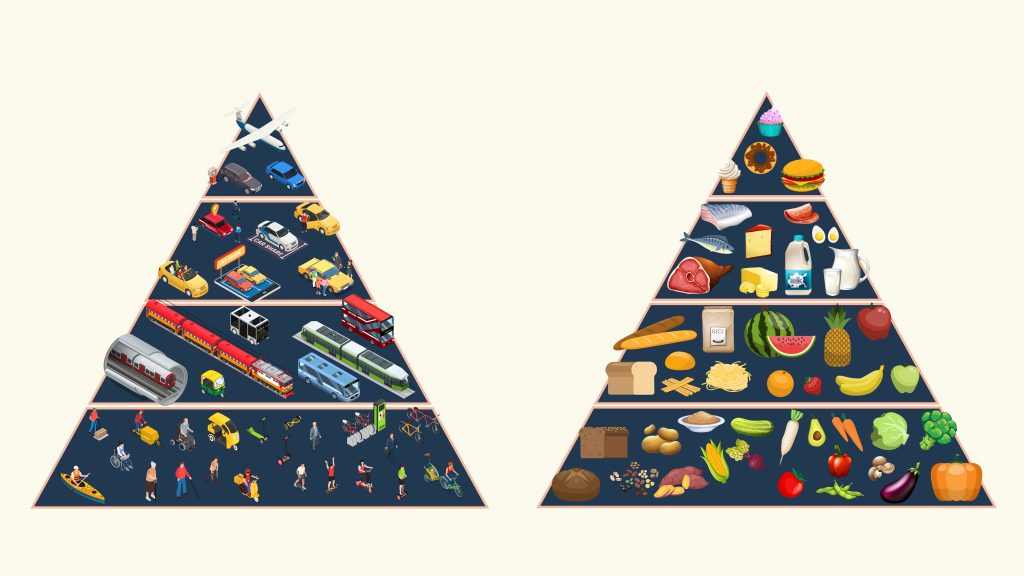
Kristian (Bouvet): “The mobility diet, as Robert Martin mentioned, is about creating a tasty mix that works. Public transport delivers the “fish” but it becomes a meal with “sides” or additional options like carpooling. It enhances the user experience beyond just the basic protein, making the overall journey more appealing.”
Kirubel: “We have a good example of this in Sotra in Norway. At the Straume terminal, people can park their cars and take the bus the rest of the way into Bergen. When they return, they often carpool for the remaining journey into the districts.”
Zag: Kristian, you have been championing carpooling for 13 years, when few others in Norway believed in it. Now the mode is finally gaining traction. Can you tell a bit about how you discovered carpooling and what has kept you going?
Kristian (Bouvet): “I discovered carpooling through the Norwegian Public Roads Administration. Their data showed that when there’s a winter holiday in Norway, there was no traffic jam in the Bergen area even though there were only 10% less cars on the road. Even with improved public transport, people wouldn’t leave their cars. It’s not enough to have more fish if you don’t have a good mix.”
Zag: So what changed?
Kristian (Bouvet): “App convergence, around 2019. It enabled easier route planning and partnering with public transport companies. If you use the Nabogo app now, you see public transport and carpooling together in the app as options. France and Denmark already have this. Now we are waiting for our national route planner “Entur” to add carpooling to their journey planners so that public transport companies can show both travel options to their users. As combined trips or the best trip. You asked about the value propositions for public transport companies. They can significantly increase their period ticket revenues at very low cost and low risk.”
The government in France has introduced a subsidy of 150MEUR, paying users 25€ for completing one trip and 75€ for completing a total of ten trips.
Zag: You mentioned France and Denmark. What do you think of the subsidy in France?
Kristian (Bouvet): “It is an eye catcher that makes it easy to convey the story about carpooling, how it fights traffic jams, reduces climate gas emissions and improves mobility and the use of the transport mix for users. My hope is that it will establish a group of people who make carpooling a habit. I also hope public transport users internationally also will get access to carpooling for free like it is done in Denmark and Norway.”
Kasper (Nabogo): “The French subsidy scheme is brilliant since it gives benefits to the people who change behaviour and help reduce the societal costs associated with solo driving. The French are the first working on a national level to use carpooling to mitigate climate change emissions, congestion and road building – and are willing to invest in getting all the benefits.”
Zag: France gives users €25 for one trip and €75 for the tenth trip. Why is the subsidy structured this way?
Kristian (Bouvet): “There have been studies showing that when people use carpooling ten times it becomes a habit. Then you overcome all the assumptions and tech hassles and master it. I believe the subsidy is a great measure enabling users to understand carpooling which I have seen as the greatest problem in creating growth. There are so many misconceptions about carpooling that only can be overcome by trying it. The most common misconception is that people have to drive with strangers. Normally there are a lot of people in your close networks travelling the same way you do – it is a matter of forming the ecosystems, registering the trips, adding neighbours or colleagues as you go. The other is about security – people feel very secure when they carpool with people they know directly or indirectly.
“I believe the “test it ten times and tell me if you like it” is very smart. I also believe drawing prizes for people with some level of activity is a great idea. I also believe in simulations – meaning people who have an interest in carpooling can do a simulated drive – just to learn the functions and operations of the app.”
Fig: Trip development in France from 2020, Bouvet.
Zag: What do you think is the potential of carpooling long-term?
Kristian (Bouvet): “The potential impact is huge in rural areas and in areas where transportation gets overcrowded during parts of the day. In Norway, you only need to remove 10% of the cars to get rid of traffic jams. That means that a person commuting by car only has to do something else once every fortnight to make a difference. Pollution would drop significantly and there would be more income for public transit and shared transport operators.”
Zag: What should other countries and local governments be taking away from this?
Kristian (Bouvet): “Politicians and professionals often talk about cycling more, travelling more by public transport. I invested in carpooling because I worked somewhere where it was impossible to travel by public transport or to cycle. Like car-sharing, carpooling also increases usage of public transport, cycling, and walking. Local, regional and state authorities should set aside campaign resources for carpooling. Instead of building their own apps, put that money into app makers which historically are much better at getting user adoption.
“We are at this inflection point now where the economics and journey planning make sense for carpooling. In Bergen, cycling has increased 25%, but it’s still very low, not enough to meet climate goals. Carpooling is the last ingredient that makes the meal acceptable to users.”

